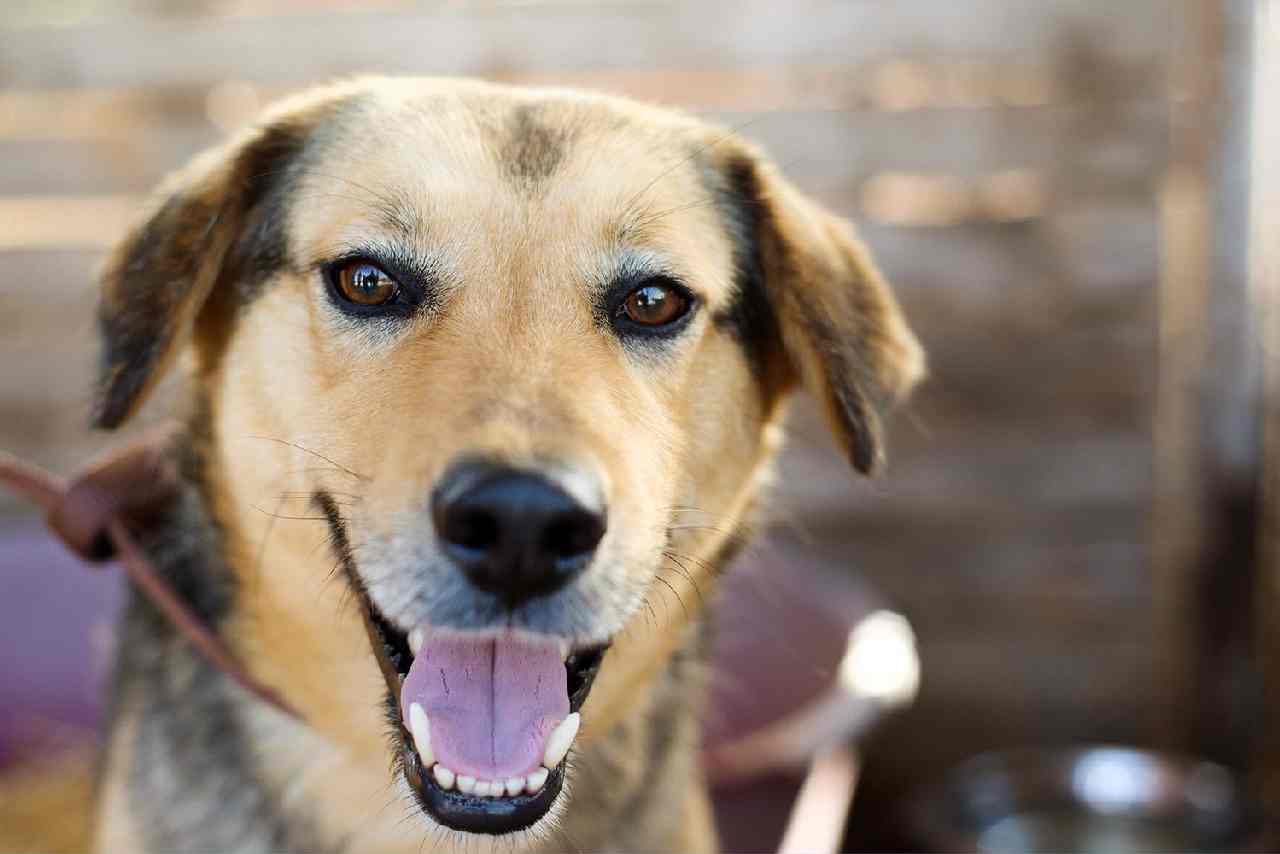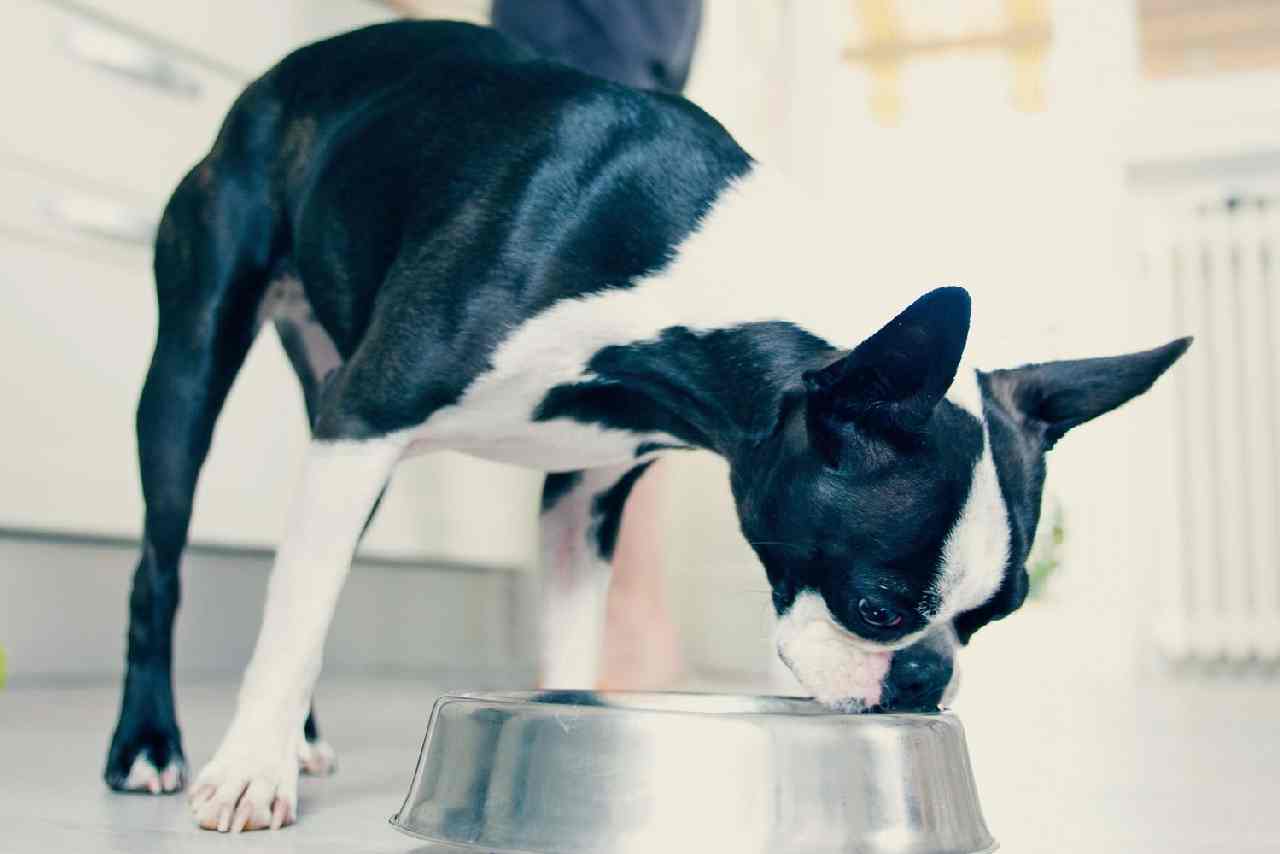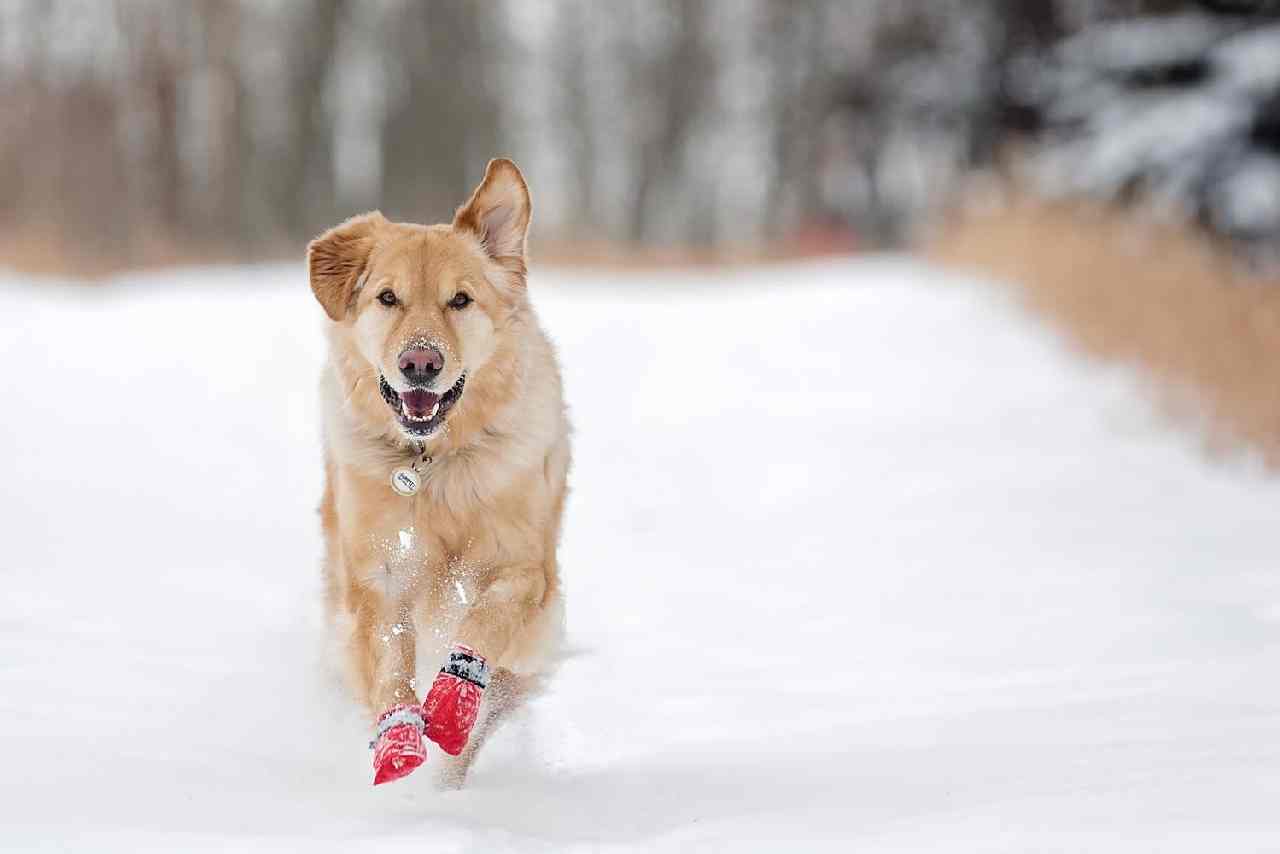An infectious respiratory illness is affecting dogs in several areas of the United States, and the cause remains unknown. The Cornell University College of Veterinary Medicine reports that the new canine respiratory illness first appeared in late June 2023 in New Hampshire, where cases peaked in August. It starts with signs similar to kennel cough and can progress to pneumonia. Waves of this respiratory illness have occurred in other states, including Oregon, Colorado, Illinois, and Iowa.
Here’s what we know so far about this emerging disease and how to keep your dog safe.
What Are the Signs of This New Respiratory Disease?
The new respiratory syndrome can cause chronic inflammation of the trachea that lasts around six to eight weeks. Most dogs exhibit signs similar to kennel cough, such as coughing, sneezing, and discharge from the eyes and/or nose. Unfortunately, the disease can also cause pneumonia, and most cases are “minimally or not responsive to antibiotics,” states the Oregon Veterinary Medical Association.
The most common signs of the new canine respiratory illness include:
- Coughing
- Sneezing
- Labored breathing
- Runny nose
- Discharge from eyes
- Lethargy
- Decreased appetite
Contact your veterinarian if you notice these or any other signs of illness. Due to the contagious nature of this illness, be sure to keep your dog away from other dogs until you see the vet.
Can Dogs Get the Flu? What You Need to Know About Canine Influenza
What Causes the New Respiratory Disease in Dogs?
The cause of the disease remains unknown, but researchers have ruled out common canine viruses and bacterial agents. Although some affected dogs have tested positive for Mycoplasma cynos, a bacterium known to cause tracheobronchitis, this does not appear to be the root cause.
“Clinical findings and tests completed to date suggests that most dogs with the unusual syndrome have a virus that primarily targets the respiratory system, leading to secondary bacterial infection and pneumonia in affected dogs,” Colorado State University states.
Veterinarians believe this disease, like most respiratory illnesses, is “spread through direct dog-to-dog contact, as well as through contact with air or objects exposed to water droplets created by coughing or sneezing,” according to Cornell.
How Can I Keep My Dog Safe?
Veterinarians and experts are urging pet parents not to panic but to take smart steps to protect their dogs.
- Stay current on all vaccinations
- Avoid dog parks and dog sporting events
- If possible, avoid doggy daycare, grooming facilities, or boarding kennels. If you still need to use these services, ask if they have seen any outbreaks before bringing your dog.







